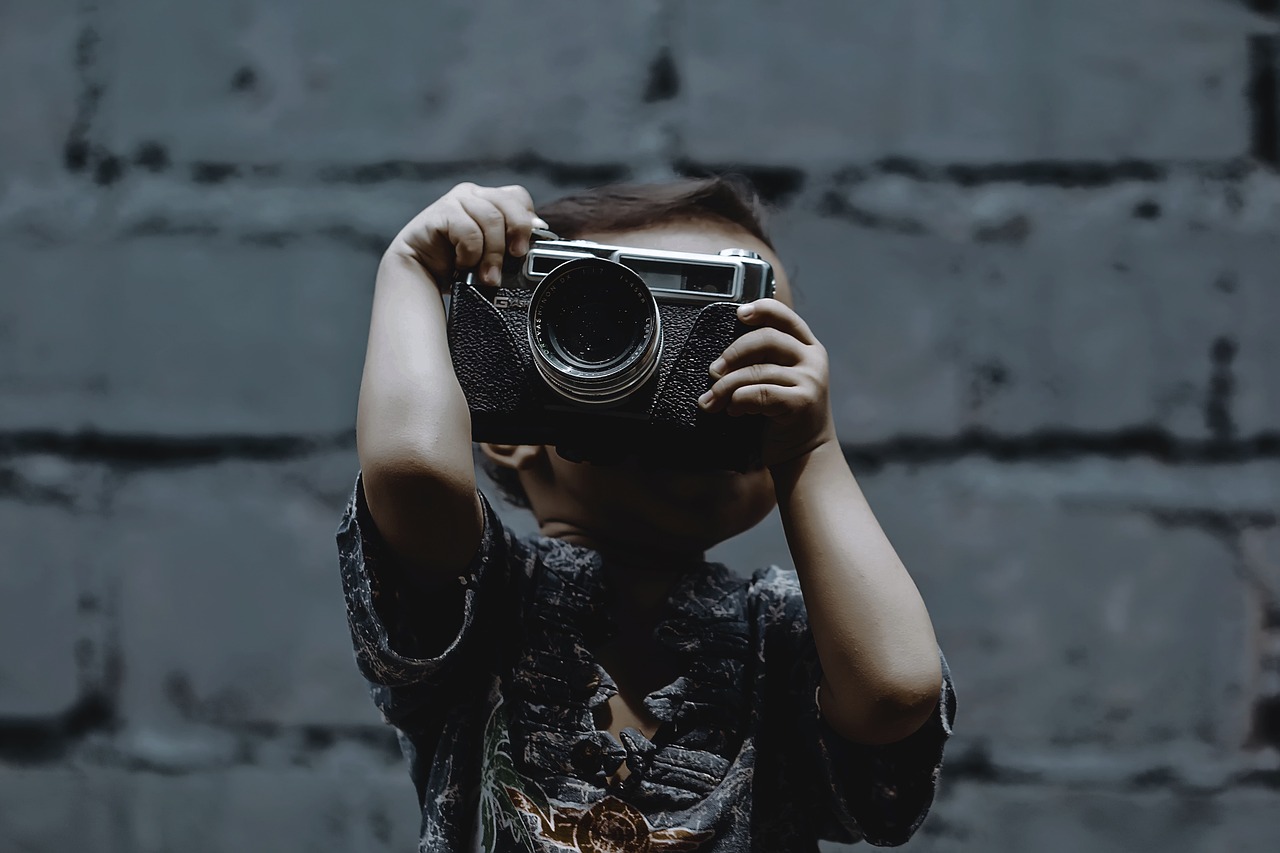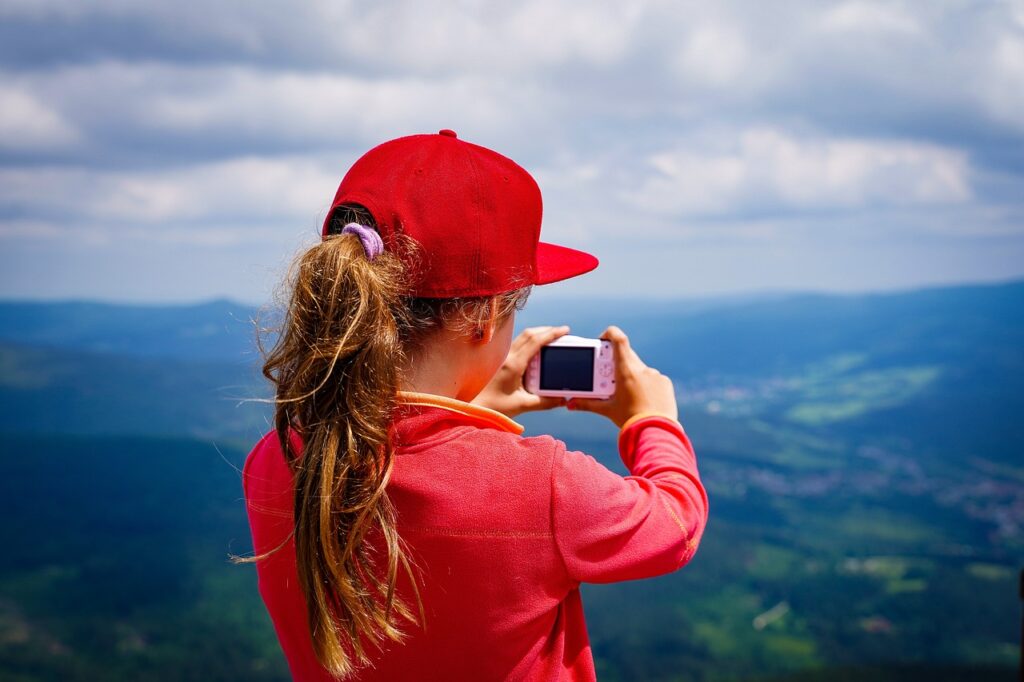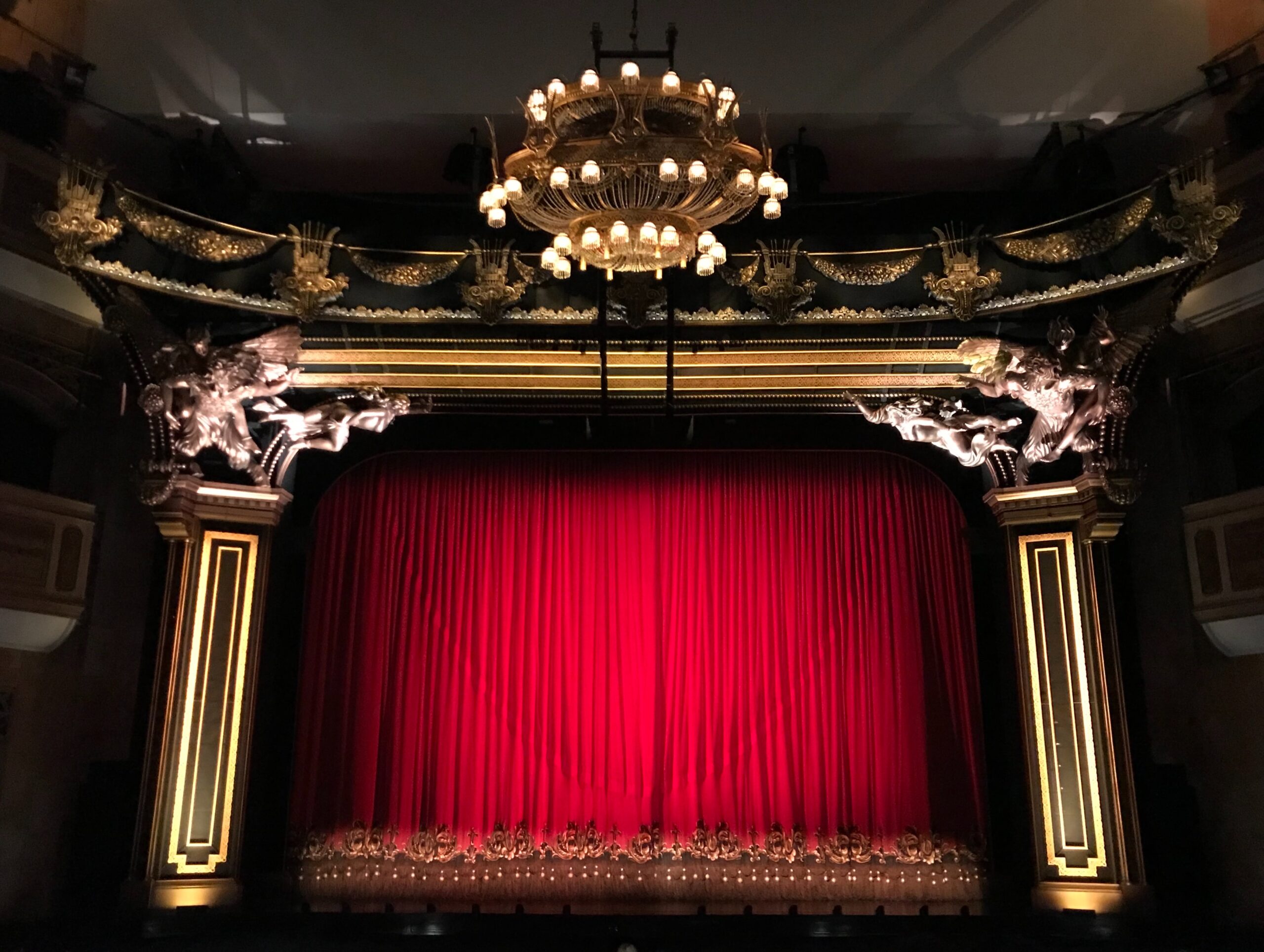How Long Is Photography School? a Detailed Timeline for Aspiring Photographers

Completing a photography school program typically takes four years, particularly when pursuing a bachelor’s degree in photography. This timeframe is standard for most photography programs offered by colleges and universities.
- How Long Is Photography School? a Detailed Timeline for Aspiring Photographers
- How long does photography take to learn?
- How hard is it to become a photographer?
- How to Become a Photographer From Home?
- Exploring the World of Online Photography Classes
- How to Become a Photographer as a Hobby
- How to Become a Photographer as a Kid
- How to Become a Photographer and Make Money
However, there are alternative options that may require less than four years to complete. Let’s explore various educational pathways in photography and their respective timelines:
1. University or College Programs:
- Colleges or universities offering photography programs usually confer a bachelor’s degree in photography.
- In the initial two years, students typically undertake general education courses alongside basic photography classes.
- The latter two years are dedicated to more advanced and specialized photography courses.
2. Art Colleges and Universities:
- Many art schools provide photography programs, leading to a bachelor of fine arts degree with a concentration in photography.
- Students in these programs typically engage in general education courses in fine art and photography.
- The standard duration for completion is four years.
3. Two-Year Programs:
- Accelerated programs in some photography schools can be finished in just two years.
- These programs are notably intensive, with extended class hours.
- Unlike traditional programs, two-year options often exclude general studies courses, focusing exclusively on photography education.
In essence, while the conventional route involves a four-year commitment, alternative programs with streamlined curricula can provide a quicker path for those seeking a more focused and efficient photography education.
How long does photography take to learn?

The duration required to master photography is subject to significant variation among experts, with most emphasizing the individualized nature of the learning process. While some individuals acquire fundamental skills in as little as six months, the majority typically take two to three years to attain proficiency. Achieving mastery in photography often entails a more extensive commitment, with experts suggesting a study period ranging from 10 to 12 years.
It’s important to note that the learning pace varies from person to person, reflecting the diverse approaches individuals take in grasping the intricacies of photography. Despite the extended timeline for mastery, there is a noteworthy milestone around the 2 to 3-year mark, where individuals may begin to leverage their photographic skills for paid opportunities or integrate them to enhance their careers in related fields. The multifaceted nature of photography allows for practical applications and career advancements even before reaching the pinnacle of mastery.
How hard is it to become a photographer?
Are you intrigued by the prospect of venturing into the world of photography, particularly aspiring to become a professional photographer? Whether you’re aiming for an amateur or professional journey, the fundamental step is mastering the art of becoming a photographer.
Now, you might be wondering about the precise steps to embark on this photography journey. Unlike certain professions, there isn’t a predefined path or specific formal training regimen for aspiring photographers. However, the path to becoming a photographer demands a substantial investment of time, effort, and unwavering dedication to hone your craft.
How challenging (or straightforward) is the journey of learning photography for beginners with the ultimate goal of becoming a proficient photographer? While it’s undeniably not a walk in the park for anyone, the specific level of difficulty varies among individuals and hinges on their professional aspirations.
Similar to acquiring any skill, photography demands dedicated time and practice for proficiency to take root. However, some may discover that the creative and artistic aspects come more naturally to them. Arguably, one of the most formidable hurdles lies in the initial stages of getting started.
Practice, the Non-Negotiable The singular, non-negotiable aspect is practice. Dedication of time and effort to hone your photography skills is imperative if you aspire to evolve into a knowledgeable photographer. This commitment becomes even more crucial if your aim is to ascend to the ranks of a professional photographer who is not only skilled but also sought after in the industry.
How to Become a Photographer From Home?
If you’re unable to locate a photography class that suits your needs in your local area, if you’re navigating the realm of learning while parenting, or if you simply find comfort in the idea of learning from the confines of your home, rest assured that there are viable options available for you.
Exploring the World of Online Photography Classes
Embarking on a journey to grasp photography trends, best practices, and time-honored techniques, all from the comfort of your home, has never been more accessible. The key lies in enrolling in online photography classes that provide a diverse range of options spanning various mediums, styles, and skill levels.
Enhance your learning experience by seamlessly integrating your online course studies with practical applications. Capture captivating still-lifes within the confines of your home or immortalize the dynamic moments of your children in action. For those seeking to elevate their photographic prowess, delving into resources on how to cultivate an online business could be the catalyst to kickstart a fulfilling photography career right from the comfort of your home!
How to Become a Photographer as a Hobby
Not everyone envisions photography as a professional career, and for those curious about how to become a photographer as a hobby, a more laid-back and flexible approach can be adopted.
The cornerstone of delving into photography as a hobby lies in the mantra of “Practice, Practice, Practice.” Whether you opt for classes, self-instruction, collaboration with more seasoned friends or colleagues, or a blend of these approaches, the pivotal element in transitioning into a hobbyist photographer is consistent practice.
Engaging in the act of snapping pictures regularly contributes to refining your “photographer’s eye.” Over time, you’ll intuitively grasp how to frame shots and capture lighting seamlessly, almost effortlessly.
For those seeking camaraderie and shared experiences, joining or establishing local amateur photography groups proves to be an invaluable resource in the pursuit of photography as a hobby. These groups provide a platform to connect with like-minded individuals, offering opportunities to practice your skills in diverse scenic locations while fostering a sense of community among aspiring photographers.
How to Become a Photographer as a Kid

If your child is contemplating the path of how to become a photographer, the exciting revelation is that there’s no age requirement to embark on this creative journey!
The only prerequisite is that they reach an age where they can safely and effectively operate a camera, be it a traditional one or the camera on a smartphone or tablet. From that point onward, the realm of photography becomes an open canvas for their exploration.
Highlighted by CDC Parents, photography emerges as a wonderful avenue for children to channel their creativity, articulate their voice, and solidify their identity within the spheres of family, friends, and community. As a form of expression, photography empowers young minds to capture the world through their unique lens and communicate their perspectives with the broader audience around them.
How to Become a Photographer and Make Money

Embarking on the journey to become a professional photographer, one who not only secures gigs but also generates income, involves strategic steps and a dedicated approach. Here’s a comprehensive guide on how to thrive as a self-employed freelance photographer, exploring avenues to make good money.
1. Develop a Comprehensive Business Model: Achieving success as a self-employed photographer requires the creation of a meticulously planned business model, especially after mastering the essentials of photography. Key components include:
- Crafting a compelling portfolio or establishing an online website to showcase your work to potential clients.
- Streamlining a user-friendly way for clients to easily contact and book your services.
2. Cultivate a Distinctive Social Media Presence: Dedicate an Instagram profile exclusively to your professional images, enhancing exposure and potentially opening doors to job opportunities. Given the competitive landscape, consider carving out a niche area of focus or interest, such as weddings or portraits, to elevate the uniqueness and marketability of your photography business. Striking a balance between marketability and personal enjoyment is crucial when choosing your expertise area, ensuring sustained passion for your work.
3. Invest in Top-notch Photography Equipment: As your business expands and gains complexity, consider investing in advanced equipment tailored to your specific focus area. Assess whether specialized lighting or particular photo editing software is essential for capturing the best images. Recognize that your equipment constitutes a vital investment in your business; therefore, opting for high-quality gear, despite the initial cost, significantly contributes to elevating the overall quality of your work.
Earning money as a photographer, particularly as a freelancer, is attainable through careful planning, a standout online presence, and a commitment to invest in the right tools for your trade.

